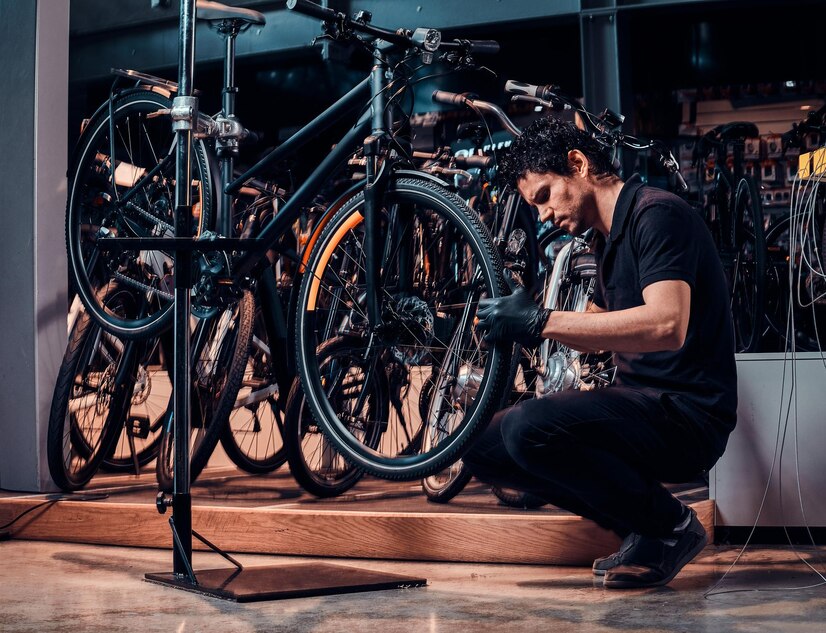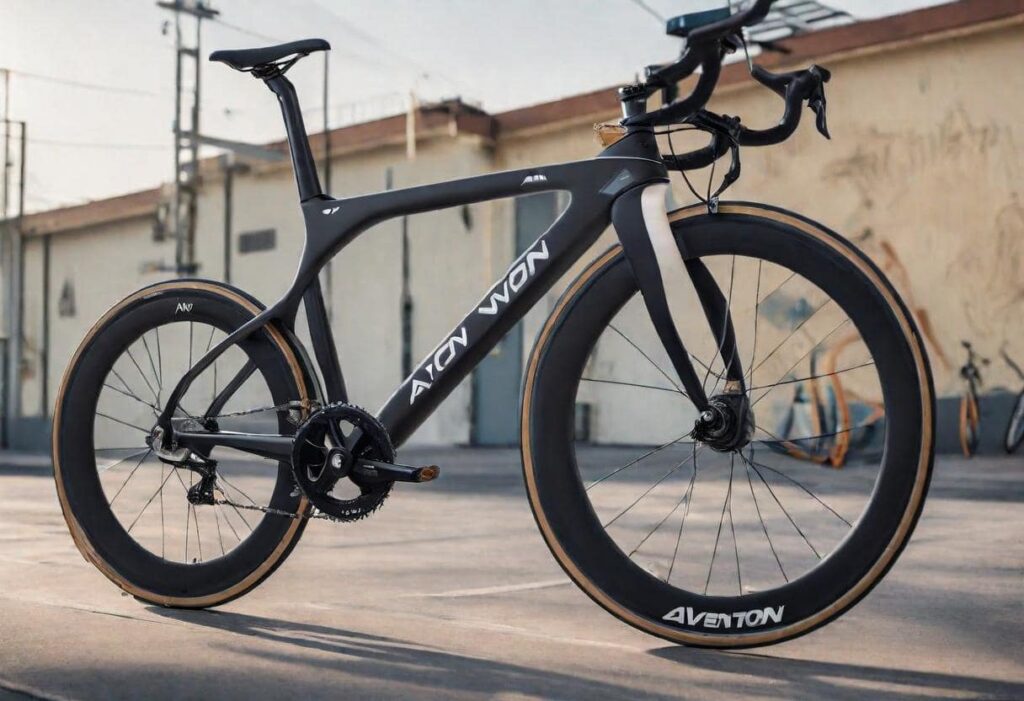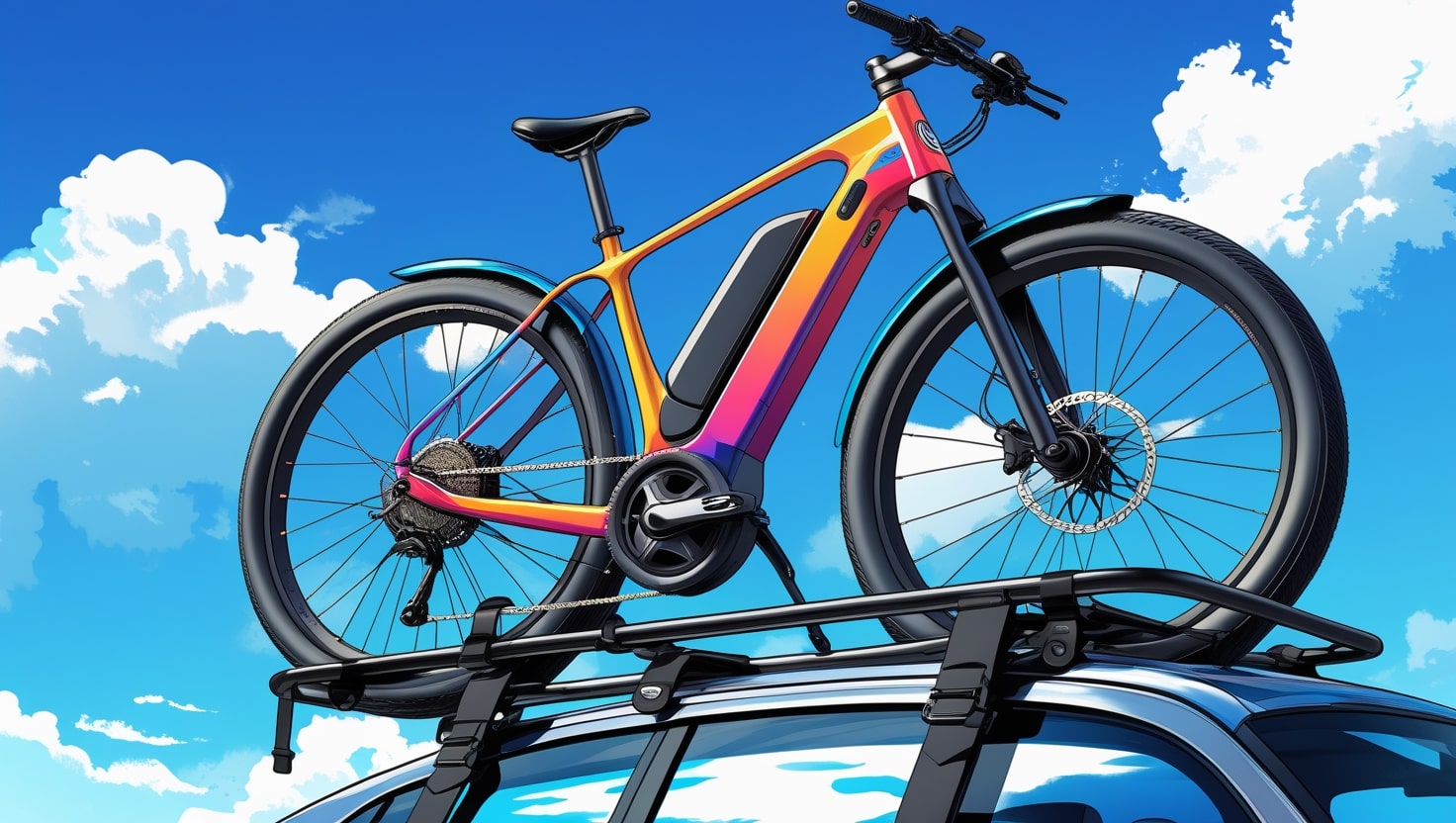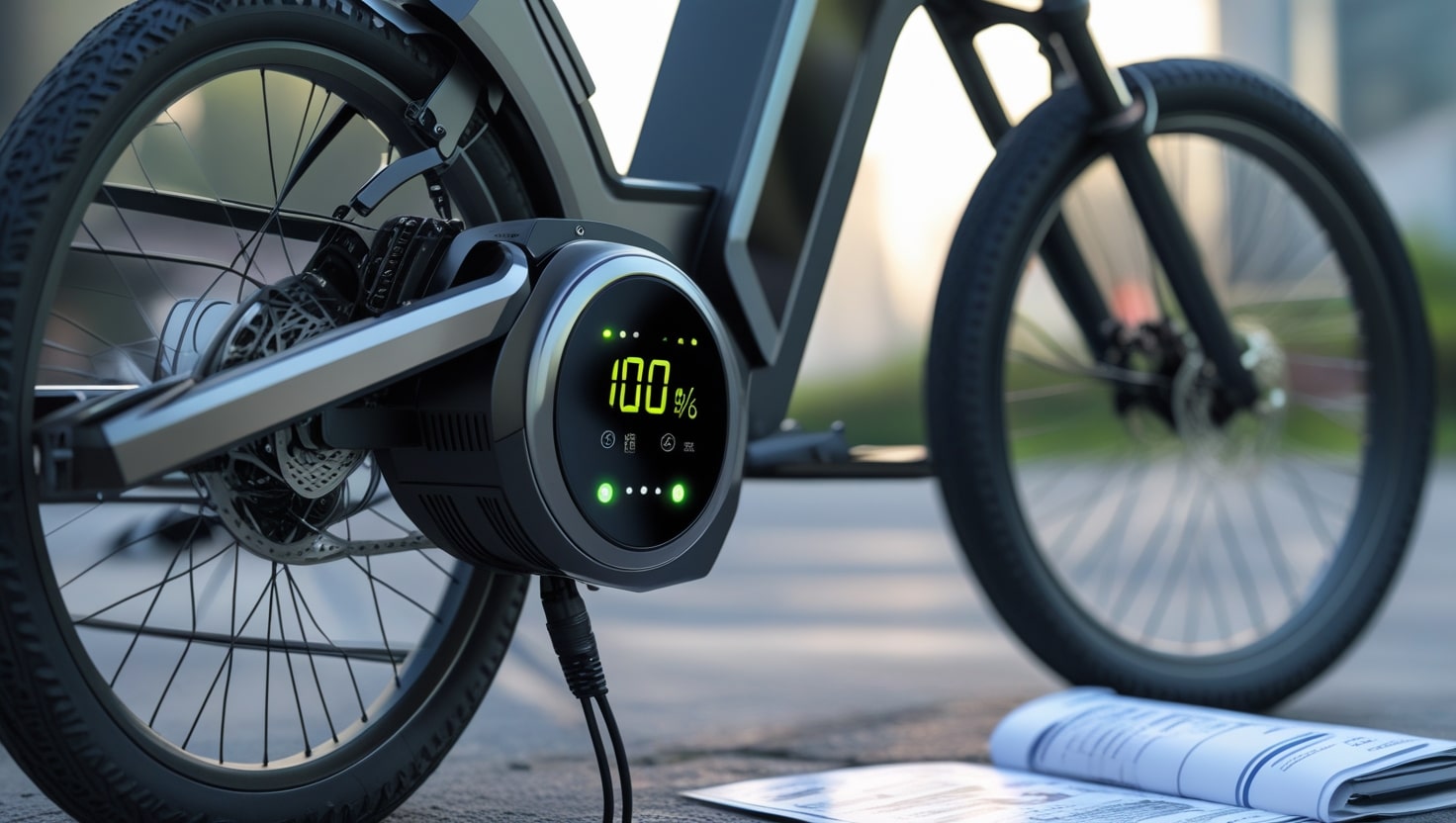When you’re buying a new bike, making sure it’s the right size is essential. Riding a bike that doesn’t fit well can be uncomfortable and even risky, as it could lead to injury. Whether you’re feeling cramped or stretched out, not knowing the proper size can turn your cycling experience into a frustrating minefield. The goal is to find how to size a road bike that matches your body’s needs.
To start, it’s important to consider the frame of the bike. Road bikes come in various shapes: traditional, semi-compact, or compact. The size of the frame plays a crucial role in how the bike will feel under you. Even two models with the same stated size can lead to very different positions. That’s why understanding the key numbers related to bike geometry is vital. These numbers affect how the bike handles and how comfortable you’ll be during a ride. Reading up on these details can ensure you’re buying the best road bike for your needs.
Once you’ve got the right size frame, you’ll need to make sure the bike fits at all the main contact points: the saddle, handlebars, and pedals. This guide will help you in finding the perfect road bike position. Remember, the standover height is also important; you should be able to place both feet flat on the floor with a little room to spare at your crotch when you’re standing over the top tube.
However, don’t stress if you don’t get it right on your first try. Fine-tuning the fit might involve making smaller adjustments here and there. The information provided is just a starting point. Once you’ve found a bike that feels right, make sure to check how it feels during an actual ride. Taking the bike for a test ride can help you gauge its handling and ensure that you’re truly comfortable on it.
Lastly, it’s always a good idea to get personal advice from a bike shop. They can offer you recommendations based on your specific measurements and needs. And when it comes to buying a road bike, never underestimate the importance of proper fit—it’s the key to a smooth, enjoyable ride.
Related: What is Fairing in Bikes?
Manufacturers’ size guidelines

When it comes to determining the correct size for your bicycle, the simplest way is to follow the guidelines that bicycle manufacturers typically provide. These guidelines correlate your height with various bike sizes, helping you find the right fit. However, there are no standard sizes across all bicycle manufacturers, and each brand has a different approach to bike design. This makes it crucial to have a good understanding of bike geometry when selecting the right bike.
It’s important not to assume that one model will have the same fit as another, even if the stated size appears similar. Different manufacturers use different methods to size road bikes.
For example, some manufacturers measure the seat tube length, or even a nominal seat tube length that imagines the bike has a horizontal top tube. Meanwhile, mountain bikes are often sized using the S, M, L system, which is also used by some road bikes. This variety in sizing can be confusing, but knowing these details is key to getting the right fit.
To make comparisons easier, most bike makers will also quote stack and reach figures for their bikes. These figures are useful because they allow you to compare bike sizes and geometry between different brands.
The advantage of using these figures is that they are independent of frame angles. For example, two frames might have different top tube lengths, but the same reach, with the difference made up by the angles of the frame.
If you’re planning to buy a bike online, it’s even more important to get your size correct. Many web sales brands will suggest a bike size based on your height and other measurements. This might work well if your build is fairly average and you’re in the middle of the recommended height range. But if you fall outside the typical range, it’s highly recommended to get a bike fit and take a test ride before making a final decision to ensure you choose the right size.
Anatomy of the bicycle frame
When it comes to sizing a bike, understanding the geometry of the frame is crucial. Bike manufacturers usually provide measurements for each element of the bike’s geometry, and knowing what each measurement refers to is the first step in finding the right fit. A helpful diagram can assist you in identifying the different tubes used in a road bike frame.
The seat tube length is often used to denote size, but the top tube length is the more important number for establishing the right fit. It’s also worth noting that sometimes two top tube lengths are quoted on a bike’s geometry chart—the length of the tube itself and the effective top tube. This distinction is particularly relevant for bikes with a sloping top tube, commonly found in road bikes with a semi-compact or compact geometry.
Frame geometries: traditional, semi-compact and compact
When choosing your first bike, you’ll need to consider three basic frame geometries: traditional, semi-compact, and compact.

Traditional bicycle frame
When it comes to traditional bicycle frames, they are often characterised by a horizontal top tube that runs parallel to the ground. This design is becoming increasingly rare in road bikes today. The traditional frames were once very popular but have gradually been replaced by more modern compact and semi-compact frames on the latest bikes.
One of the key features of these traditional frames is the reduced space when standing over the bike, making sizing more critical. While these frames were expected in the past, the evolution of bike design has led to new trends, though the traditional look still holds a special place for many cycling enthusiasts.
Compact bicycle frames
Compact frames are a popular choice in modern road bikes, known for their compact geometry. These frames are characterised by a sloping top tube, which results in a shorter wheelbase and a smaller rear triangle of the frame. This design provides better standover clearance compared to traditional-geometry frames, offering a stiffer, more responsive ride.
The compact frame shape was first introduced by Giant with the launch of the TCR (Total Compact Road), and now compact and semi-compact designs are ubiquitous across the latest road bikes. The sloping top tube of these bikes means you’ll often see an extra two to three inches of seatpost showing when compared to traditional bikes with a horizontal top tube.
Semi-compact bicycle frames
Semi-compact frames offer a balanced approach with shapes that are similar to compact geometry but with a less pronounced sloping angle of the top tube. This design provides a bit more standover clearance than a compact frame but with a reduced amount compared to traditional bikes. The effective top tube distance is slightly longer, making the difference between semi-compact and compact frames quite subtle, yet it can be important for getting the right fit.
Related: What is a Liter Bike?
Top tube length

When sizing a road bike, one of the most important considerations is the effective top tube length. This refers to the distance from the head tube to the seatpost on a bike with a sloping top tube or simply the length of the top tube on a road bike with traditional geometry. If the top tube is too long, you might find yourself overreaching to the handlebars, leading to a more aggressive riding position that could become uncomfortable on longer rides.
On the other hand, if you prefer a more comfortable riding position, you may want to opt for a shorter effective top tube length. This adjustment can make a significant difference in how the bike feels, especially during extended rides. The key is to decide on the right frame that best suits your body and riding style to ensure a pleasant experience on the road.
Related: What Goes On at Sturgis Bike Rally
Road bike size chart
heck out the chart below for a general idea of which frame size might be right for you. Keep in mind that this is just a starting point, and if you’re unsure, it’s best to get additional guidance from your local bike shop.

| Rider Height Feet and inches | Frame Size | Effective Top Tube (cm) | Bike Size |
|---|---|---|---|
| 4ft 10in – 5ft | 148-152 cm | 47-48 cm | XXS |
| 5ft – 5ft 3in | 152-160 cm | 49-50 cm | XS |
| 5ft 3in – 5ft 6in | 160-168 cm | 51-53 cm | S |
| 5ft 6in – 5ft 9in | 168-175 cm | 54-55 cm | M |
| 5ft 9in – 6ft | 175-183 cm | 56-58 cm | L |
| 6ft – 6ft 3in | 183-191 cm | 58-60 cm | XL |
| 6ft 3in – 6ft 6in | 191-198 cm | 61-63 cm | XXL |
Tweaking bike fit
Once you’ve decided on the right frame size, the next step is to fine-tune your bike fit. This process involves making several critical adjustments to ensure you’re comfortable and performing well on your bike. Start by setting the bar and saddle height correctly. There are plenty of guides available for adjusting handlebar height and finding the right saddle height.
You might also want to adjust or change the stem length because this can significantly affect your reach—how far you’re reaching forward to the handlebars—as well as the handling and overall performance of the bike. Additional tweaks can include adjusting the fore/aft position and tilt of your saddle, as well as the angle of your handlebars and the distance to the brake levers. If the handlebar shape isn’t quite right for you, it might be worth considering an upgrade.
Don’t overlook the importance of your pedals either. If you’re using clipless pedals, the position of your cleats can have a significant impact on your overall comfort while riding. Many of these changes can be made at a good bike shop, but investing in a professional bike fit is truly worth its weight in gold. During a bike-fitting session, bike-fit experts will have you riding on a fixed trainer to check your position and ensure everything fits perfectly.
FAQs
What size road bike do I need for my height?
The size of a road bike you need is generally based on your height. Here’s a quick guide:
- If you’re 5’4″ to 5’7″, consider a 52-54 cm frame.
- If you’re 5’8″ to 5’11”, look for a 54-56 cm frame.
- If you’re 6’0″ to 6’2″, opt for a 56-58 cm frame. Always check specific bike sizing charts and consider a professional fitting for the best results.
How do I know my size for a road bike?
To determine your road bike size, measure your inseam and use a bike size chart. Stand with your feet about 6 inches apart, and measure from the floor to your crotch. Multiply your inseam length (in cm) by 0.70 to get a rough frame size in centimeters. Cross-reference this with bike manufacturer charts.
What is the formula for road bike size?
The formula to determine your road bike size is: Inseam (in cm) x 0.70 = Frame size (in cm). This formula provides a good starting point. For example, if your inseam is 80 cm, your recommended frame size would be 56 cm (80 x 0.70).
What height is a 54cm bike frame for?
A 54 cm bike frame typically fits riders who are between 5’8″ and 5’11” in height. However, bike fit can vary based on individual body proportions, riding style, and specific bike geometry.








